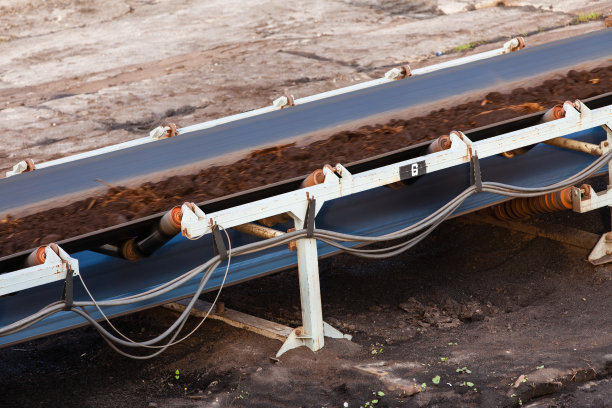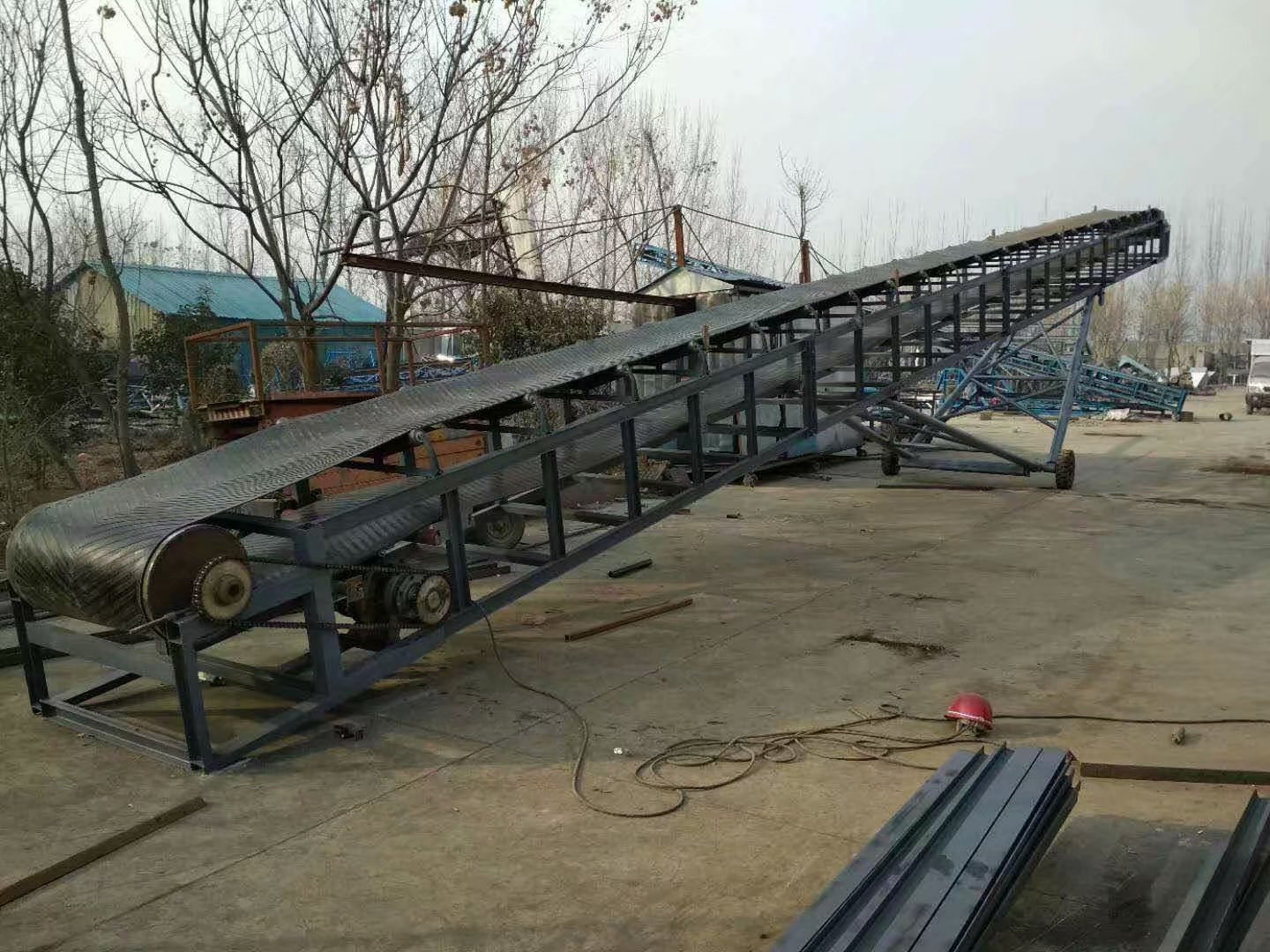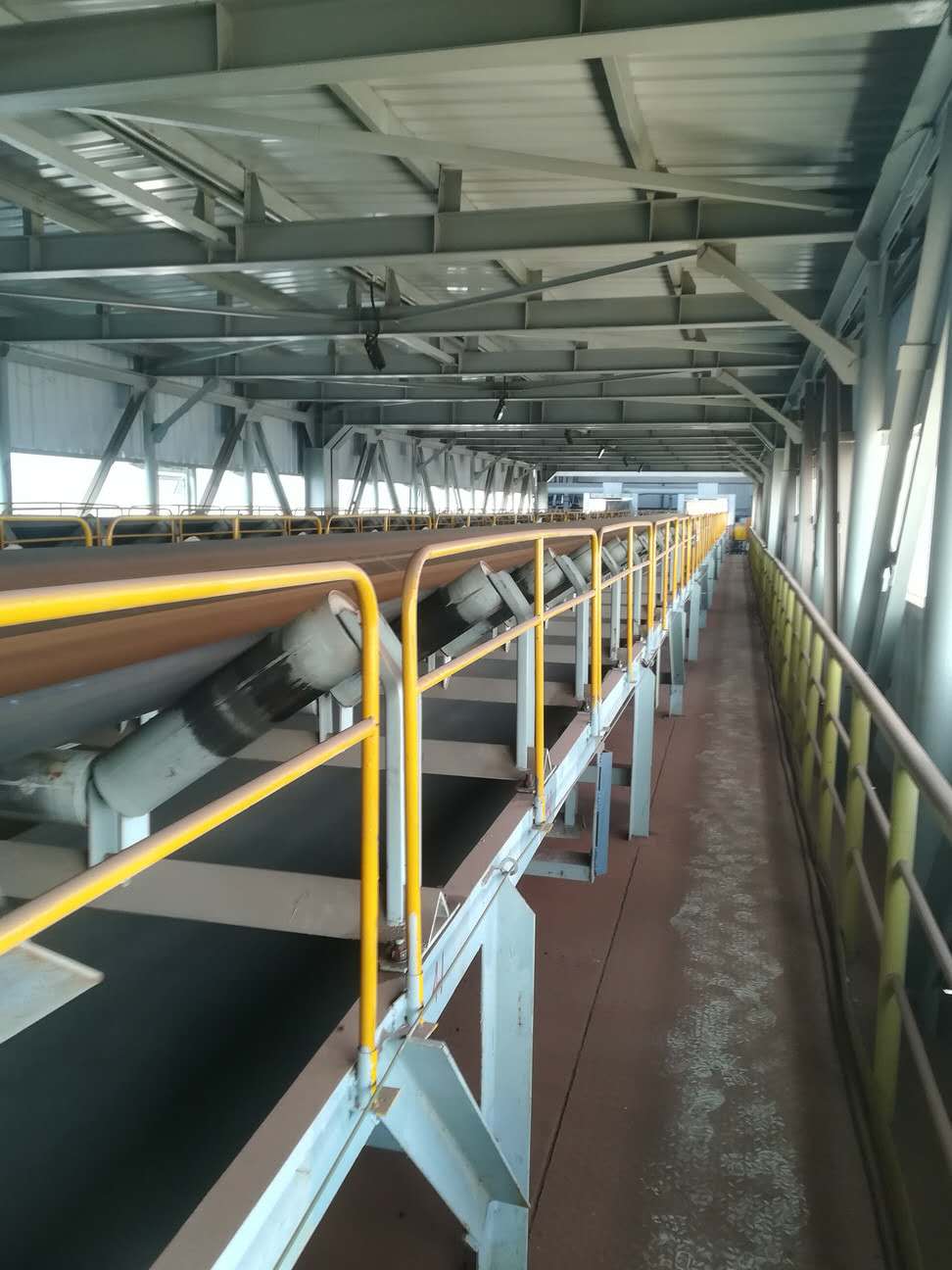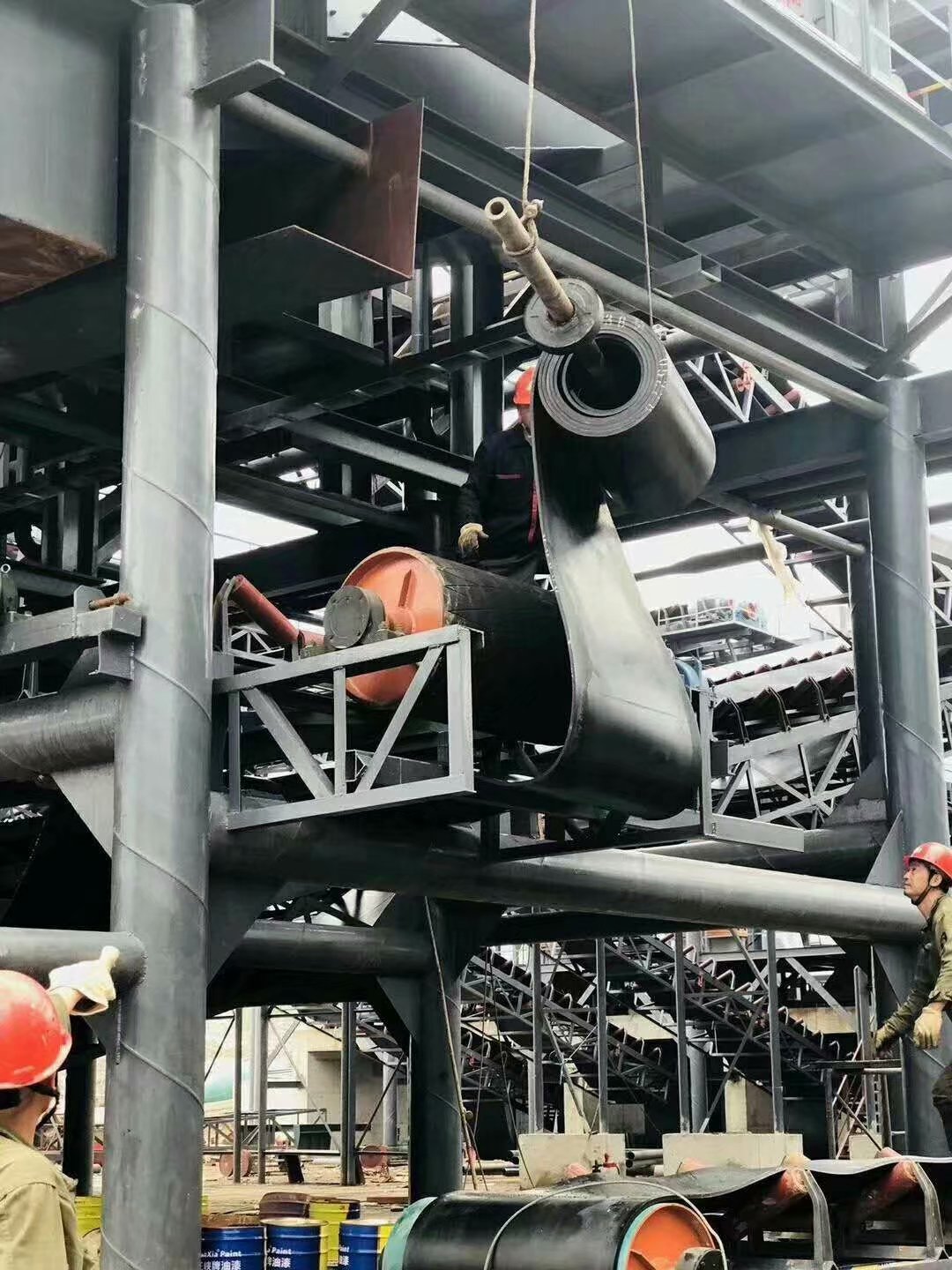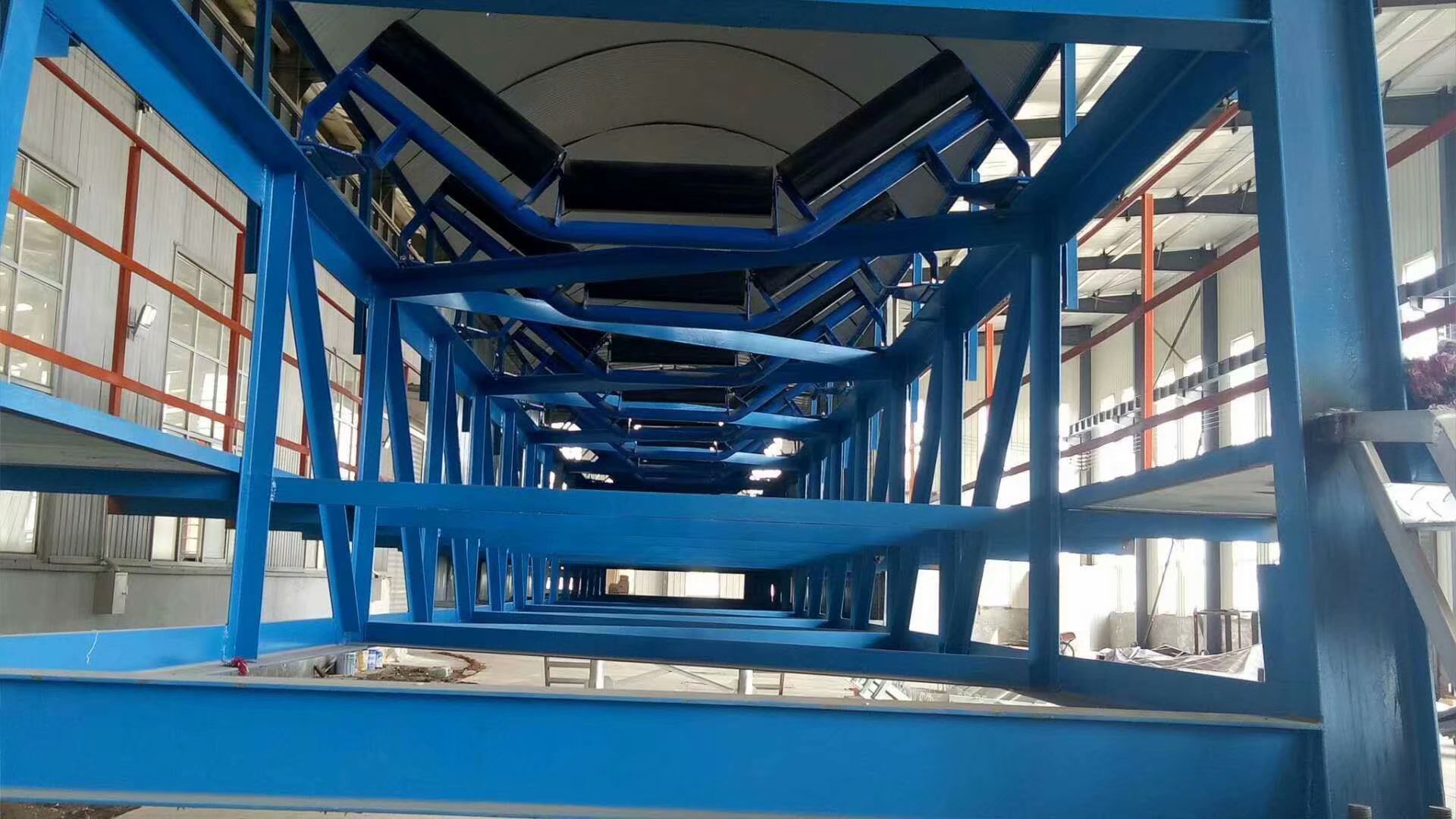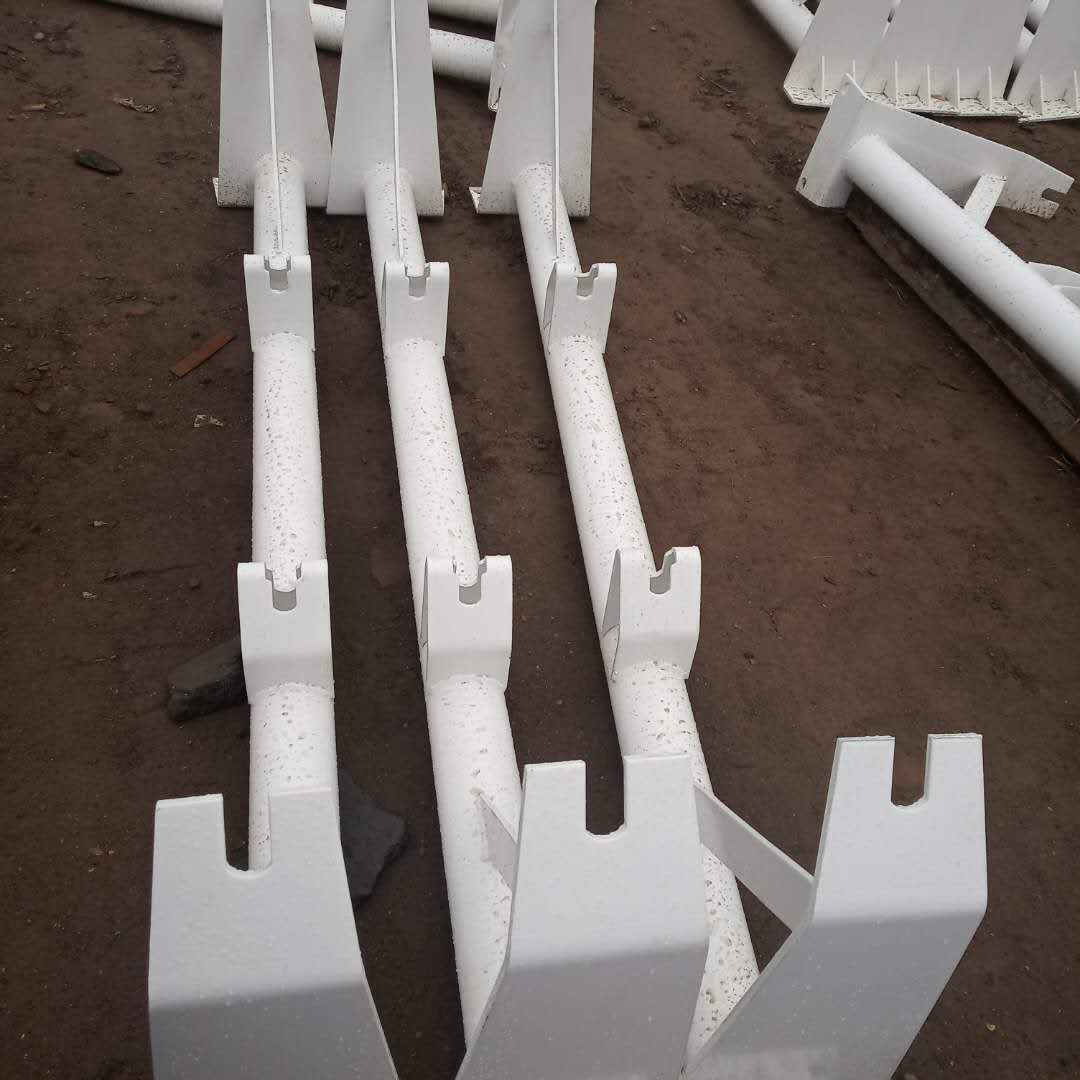帶式輸送機外文翻譯_帶式輸送機視頻教程

1. Introduction
Belt conveyor is a widely used material handling equipment in various industries. It is a conveyor system that consists of two or more pulleys with an endless loop of carrying medium (the conveyor belt) that rotates about them.
2. Types of Belt Conveyors
There are various types of belt conveyors, including flat belt conveyor, troughed belt conveyor, inclined belt conveyor, and curved belt conveyor. Each type of conveyor is suitable for specific applications and has its own set of advantages and disadvantages.
3. Components of a Belt Conveyor
A belt conveyor consists of several components, including the conveyor belt, idlers, pulleys, drive unit, and supporting structure. The conveyor belt is the carrying medium that transports the material. The idlers are the rollers that support the belt and guide it along the conveyor path. The pulleys are the wheels that drive the belt and control its direction. The drive unit is the motor that powers the conveyor, and the supporting structure is the framework that holds the conveyor system together.
4. Advantages of Belt Conveyors
Belt conveyors offer several advantages over other material handling equipment. They are versatile, reliable, efficient, and cost-effective. They can handle a wide range of materials and can be used in various industries, including manufacturing, mining, agriculture, and transportation. Belt conveyors are also easy to install, operate, and maintain, making them a popular choice for many businesses.
Conclusion
In conclusion, belt conveyors are an essential piece of equipment in many industries. They offer several advantages over other material handling equipment and are widely used due to their versatility, reliability, efficiency, and cost-effectiveness. Understanding the different types of belt conveyors and their components is crucial for selecting the right conveyor system for your specific application.

